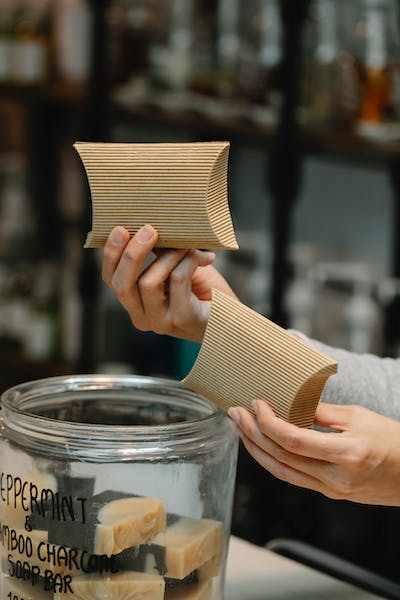In the thriving culinary landscape of the Philippines, the significance of food packaging cannot be overstated. The evolution of food packaging in the country has not only ensured the safe delivery of delectable Filipino dishes but has also embraced innovation and sustainability. This comprehensive overview delves into the diverse facets of Food Packaging Philippines, highlighting its significance, trends, and the role of local suppliers.

Importance of Food Packaging in the Filipino Context
Filipino cuisine boasts a rich tapestry of flavors and dishes, each with its unique characteristics. Food packaging plays a pivotal role in preserving the authenticity and quality of these delicacies. From traditional favorites like adobo and sinigang to the diverse array of street foods, packaging ensures that these culinary treasures reach consumers in their intended form, maintaining taste, freshness, and hygiene.
Cultural Influence on Packaging Design
The Philippines’ vibrant culture and traditions have a profound impact on food packaging design. Packaging often reflects the country’s colorful heritage, incorporating elements like vibrant colors, intricate patterns, and imagery that resonate with Filipino aesthetics. Local suppliers understand the significance of these cultural nuances and infuse them into packaging designs to create a sense of familiarity and connection with consumers.
Trends and Innovations in Filipino Food Packaging
In recent years, the food packaging landscape in the Philippines has witnessed remarkable trends and innovations. Convenience-driven packaging, such as single-serve portions and resealable pouches, caters to the fast-paced urban lifestyle. Moreover, eco-friendly packaging solutions, including biodegradable materials and recyclable options, have gained traction, aligning with the growing environmental consciousness among Filipino consumers.
Embracing Sustainable Packaging Practices
Sustainability has become a focal point in the Philippines’ food packaging industry. Local suppliers are increasingly adopting eco-friendly materials and manufacturing processes that minimize environmental impact. This shift towards sustainability not only addresses concerns about plastic waste but also reflects the commitment of Filipino businesses towards preserving the country’s natural beauty.
Role of Local Food Packaging Suppliers
The Philippines boasts a robust network of local food packaging suppliers that cater specifically to the diverse needs of the food industry. These suppliers understand the unique requirements of Filipino cuisine and work closely with food businesses to offer tailored packaging solutions. Their expertise in navigating local preferences, regulations, and cultural sensitivities ensures that packaging aligns seamlessly with the Filipino market.
Collaboration and Customization
Collaborative partnerships between food businesses and local packaging suppliers foster innovation and customization. Suppliers leverage their understanding of local tastes and preferences to create packaging solutions that not only protect food products but also enhance their appeal on store shelves. Customized designs and materials play a pivotal role in differentiating brands in a competitive market.
Conclusion
Food Packaging Philippines is not just about protecting food; it’s a reflection of cultural heritage, innovation, and sustainability. Understanding the significance of packaging design, embracing trends, prioritizing sustainability, and leveraging the expertise of local suppliers are crucial factors that contribute to the success of food businesses in the dynamic Filipino market.





